The location
Daulatdia is a brothel town Bangladesh and is considered the biggest in the world. The number of prostitutes there is estimate at 1,600 and the average age of new arrivals is 14. Most women and girls that end up in this shanty town brothel are trafficked from remote parts of Bangladesh and are slaves to the brothel owners that buy them from the traffickers.
Daulatdia is located on the side of the Padma river, the Bangladeshi part of the Ganges, where ferries carrying trucks, buses and people across the river. Lines of trucks queue to cross the river toward Dhaka and the drivers are the target clientele of the brothel.
 |
| There is no luxury for the prostitutes. Simple food is cooked on clay stoves fueled by wood in a common area between shacks. |
How did I come to be there
After 15 years of photographing in South & South East Asia, I decided that it was time to give back by donating my time and skills and offering two weeks of free photography a year to an aid organization working in a deprived area. I thought it would be fitting, as some of my income is generated from photographing in these “third world” environments.
I am based in New Zealand, so I got in touch with an umbrella organization there (The Council of International Development) and gave member organizations a couple of months deadline to submit proposals for my work. Fast-forward several months, and I found myself in Daulatdia on behalf of Save the Children, to cover the school that they support and the environment it is situated in.
The school is for the children born in the brothel. In the past they had no school to go to because of their association to the brothel. The school offers a way out for many of the children, especially the girls, who are pressured to join the “work force.” An education gives them options to escape that life.
 |
 |
| The door way is used to frame the girl (15 years old). I had no choice in the matter, as the shack was so small that the door would not open any farther. |
Better looking prostitutes make more money, hence their madam will give them a bit more money to decorate their shack and make it a more pleasant place to live. This image was taken with the camera against my hip with eye focus and silent shutter. The horizon is slightly off due to this technique. |
Photographing in Daulatdia
I prepared myself as well as I could for this experience, but the reality on the ground is far sadder then I imagined. I wanted to capture as much as possible but the freedom to photograph, as per a usual documentary assignment, is limited when you work for a child-focused NGO.
A big part of my documentary images are taken while people are not aware that they are being photographed. The reason is that I want to document them without affecting the scene and behavior by waving a big camera in their faces (for technic tips please refer to my previous article).
 |
| Babies and toddlers will be put under the bed while the mother is working, while older kids will be sent out of the room. From a technical point of view, I made sure that I had the lit window shutter in the frame to balance the scene. |
But on this assignment, all the images of women and girls inside the brothel had to have consent, for two good reasons:
- Save the Children staff have an on going relation within the brothel, and I did not want to jeopardize that.
- These women and girls have had every thing taken from them, and I did not want to add to this by taking away their power to say no to being photographed. I had to be invited into the small shacks that the women and girls live and work in, and had very limited time to shoot.
I was escorted by Save the Children staff almost like body guards in side the complex but never really felt under threat.
So, whenever possible, I used the Sony a7R II’s eye autofocus and silent shutter while holding the the camera off my eye at about chest hight or to the side of my hip. This way, even with the subject well aware of my presence, they did not know when I was shooting. This allowed me to get less guarded moments. Other wise I used very simple portraiture composition. I did not position or direct people. I just captured what in-front of me.
 |
 |
| Daulatdia is a hard place, and displays of emotion are not easy to come by. I wanted to ask if I can take a photo, but the moment of tenderness came before I could, so I took the old school “shoot-first-ask-later” approach. |
The average age of new arrivals at Daulatdia is 14 years old.
Technically, this is a very simple image. It was shot with my camera against my hip and eye focus, hence the severe angle, which is the price of not looking through the viewfinder or at the camera at all.
The story, however, is in the details. This new arrival is in a bare room with a simple bed. The buckets under her bed are the toilet, bath and food preparation gear. This is the face of a girl looking at a life with no choices or hope. When she has finished paying off “her buying price” one day in the far future, she will have nowhere to go. |
The Gear
About a week before I left for Bangladesh, I switched to the Sony a7R II. Not the wisest decision at one level, and a very wise decision on another. The not-wise part is that the camera was completely new to me, which is not the best when going into a technically and mentally challenging assignment.
The wise part? Keep on reading.
I had a bunch of Sony native lenses but mostly used the 16-35mm F4 and the GM 24-70mm F2.8. I really enjoyed using both but would prefer the 24-70mm F4 for its compact size. It makes photographing in this type of environment easier. The reason I chose to stick to zoom lenses, rather then switching primes constantly, is that the time frame I had for each shoot was extremely tight and changing lenses would ‘eat’ into the time given.
The two a7R II’s I used were just the right stuff for this type of work. Setting all the custom buttons to do what I needed saved me from getting into the overwhelming menu, the auto focus capabilities were very impressive, and the Eye Autofocus made shooting with a camera away from my eye easy and accurate.
One thing that I am almost too embarrassed to admit is my love for the EVF. Setting the EVF effects on let me focus on composition and timing, and removed the need to look at the bottom or side of the frame for exposure information.
Does it make me a lazy photographer? Maybe, but I will take any technological advantage I can if it’ll help me get the job done.
 |
| The shacks that the women and girls work in is also their ‘home’. The Pokemon pattern-covered bed will be used later that day for work.
This image was taken with the camera against my chest, using eye focus and silent shutter. This way, I could capture a somewhat unguarded moment while standing in front of them. |
Final Thoughts
Daulatdia represents both sides of humanity. It is a place where people are commodities and are traded for money with no self-determination; on the other hand, it has drawn to it very dedicated people that help with free health-care and education, trying to make the best of a place of very little hope.
Giora Dan is an internationally published documentary and commercial photographer based in Christchurch New Zealand. His images have been widely published in geographical magazines in North America, Europe, Africa and the Asia/ Pacific region, including NZ Geographic, the Smithsonian Magazine and British Geographical. You can see more of his work at his website, www.gioradan.com
Articles: Digital Photography Review (dpreview.com)














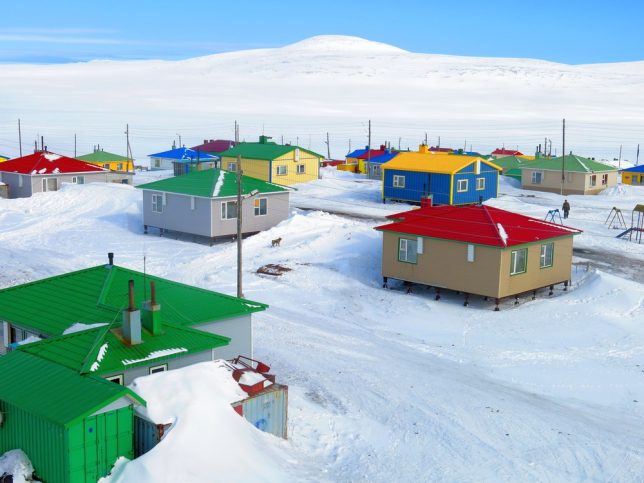
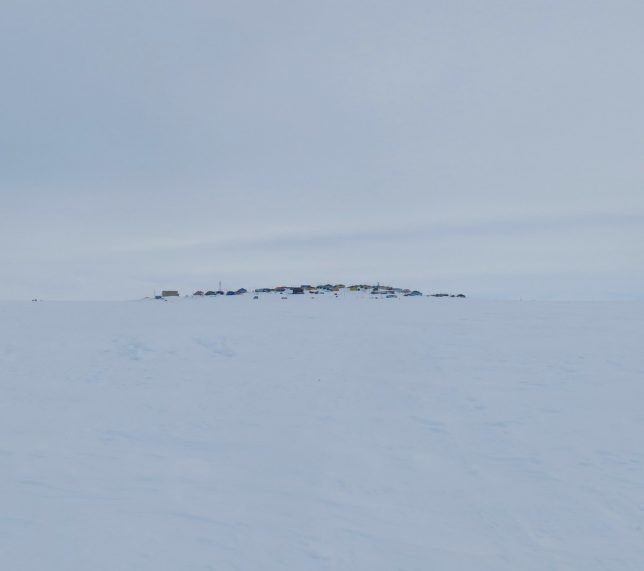
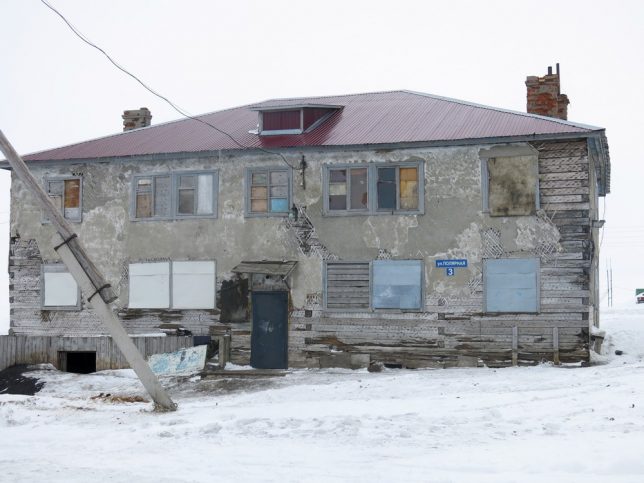

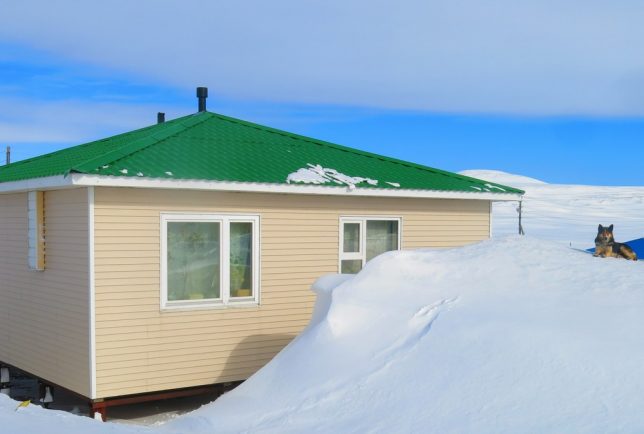
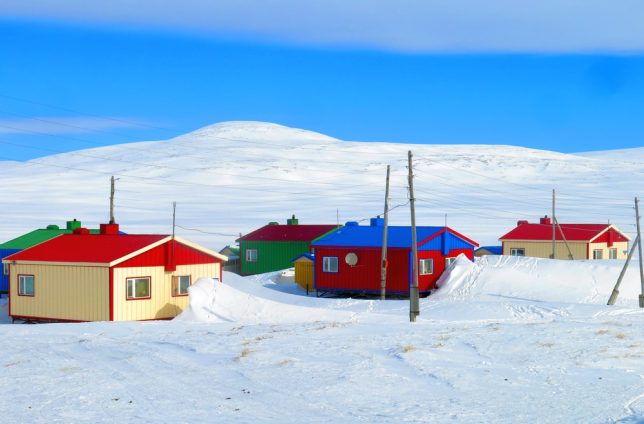
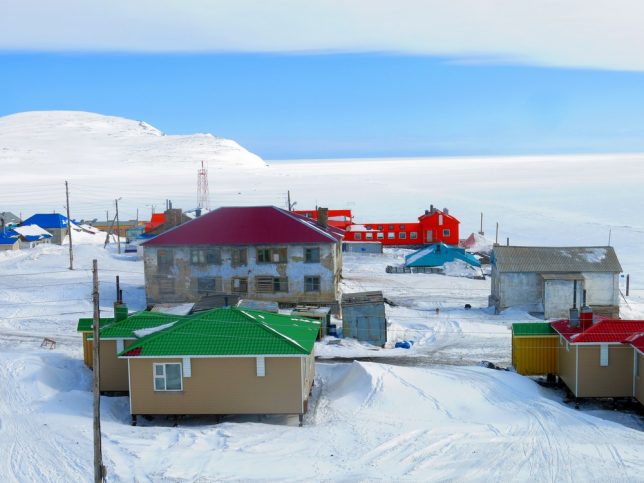
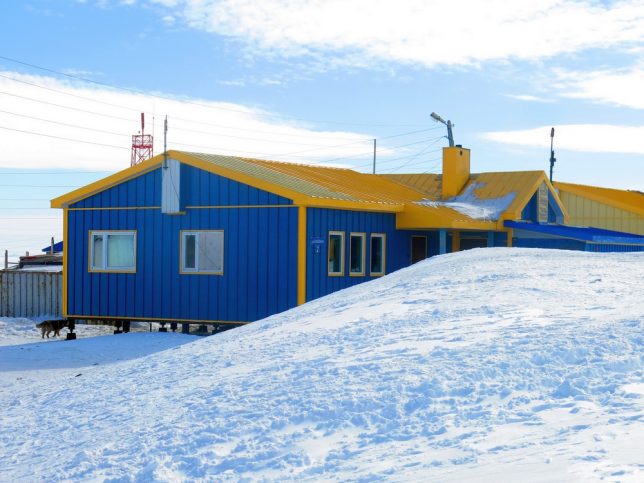





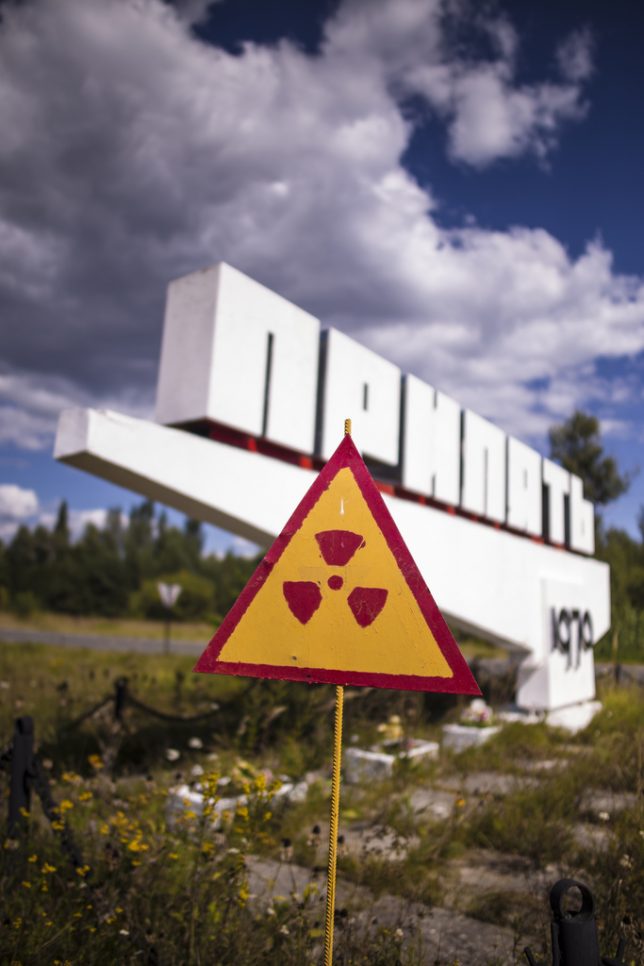
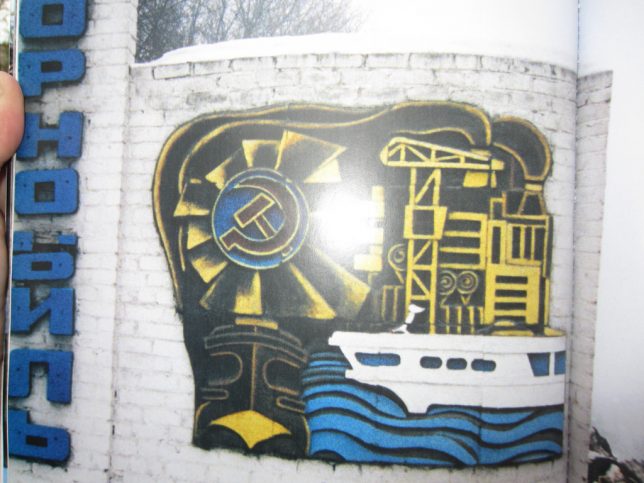
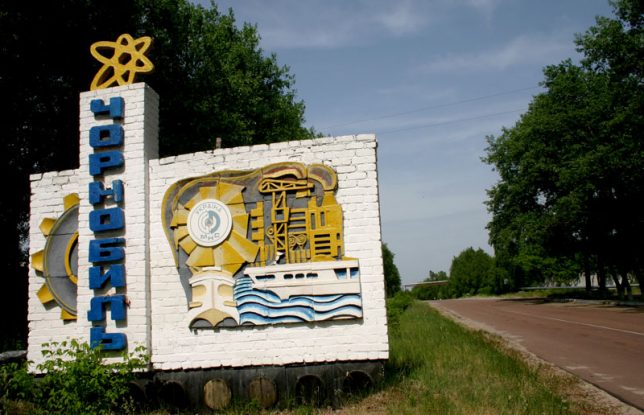
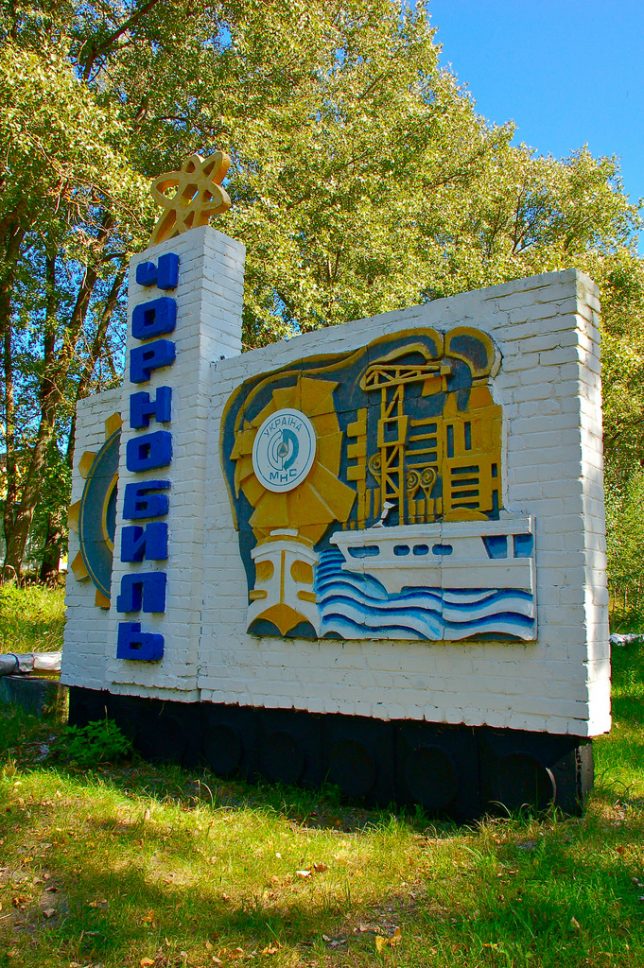
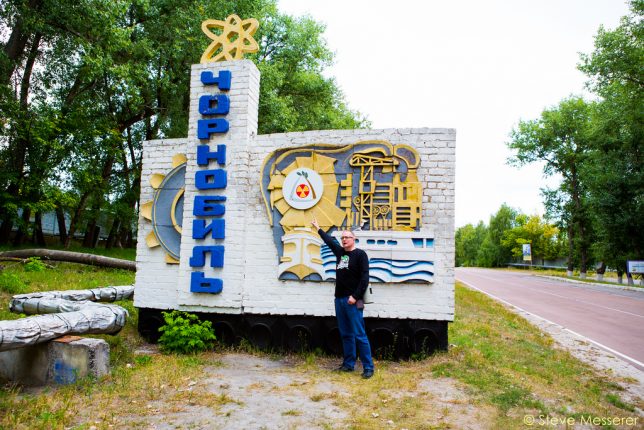
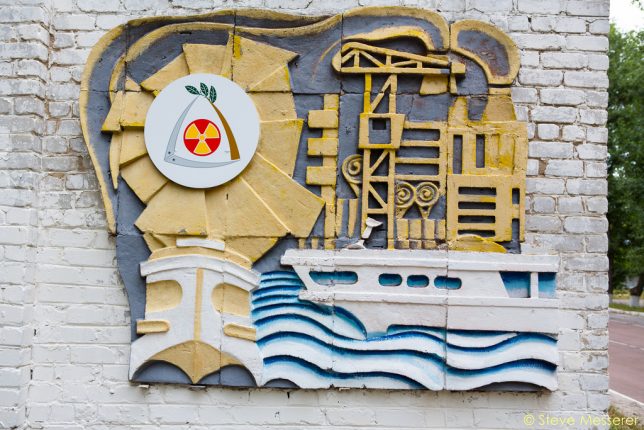
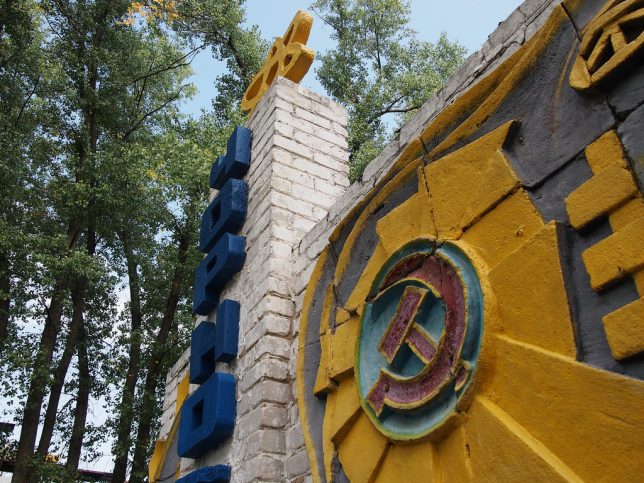
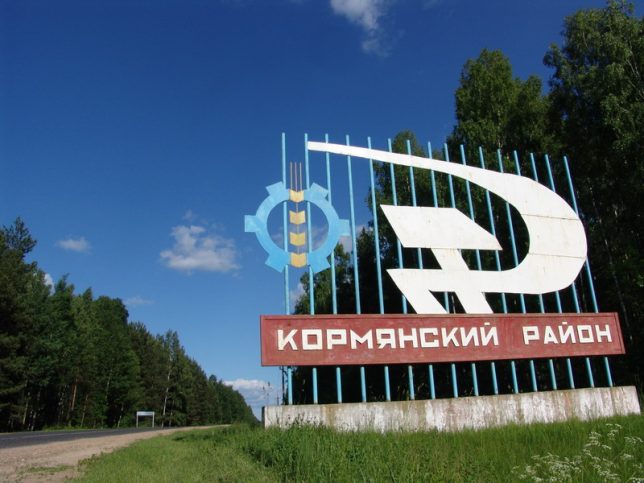

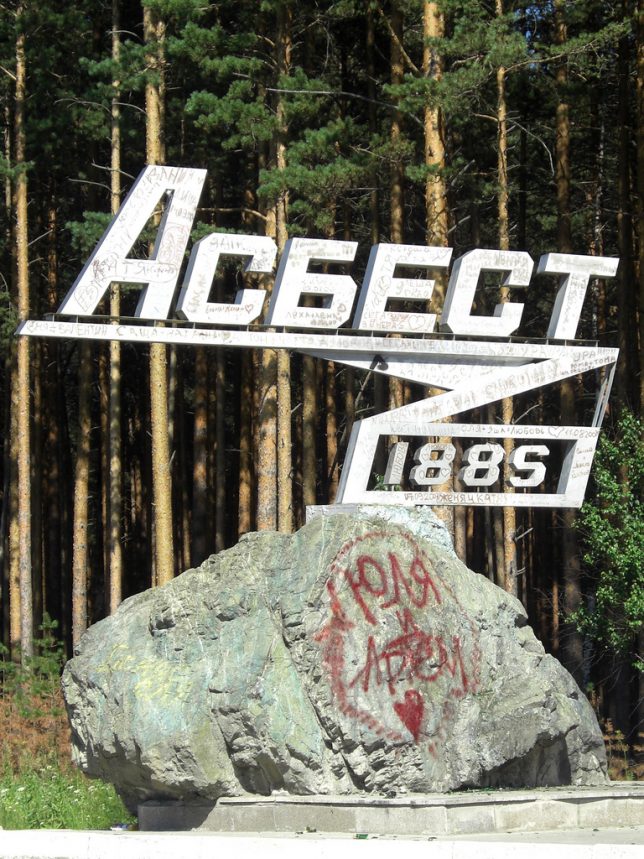
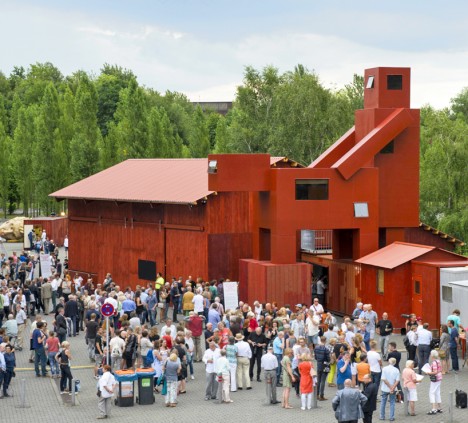


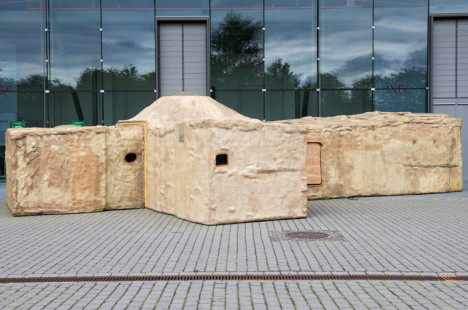
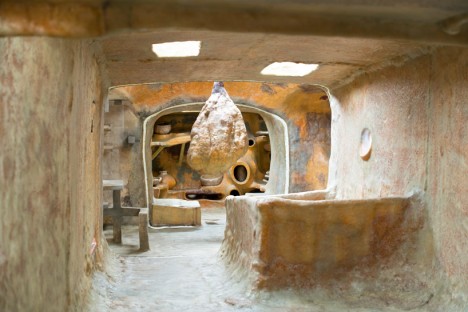
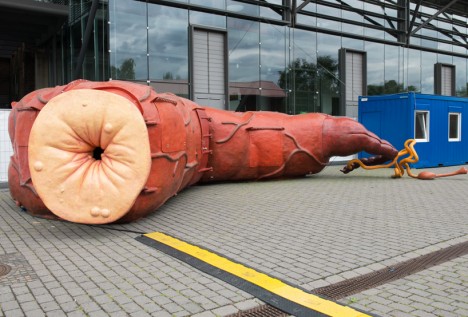
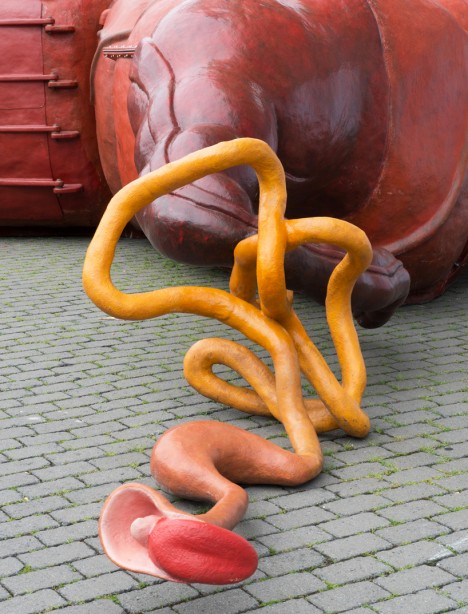
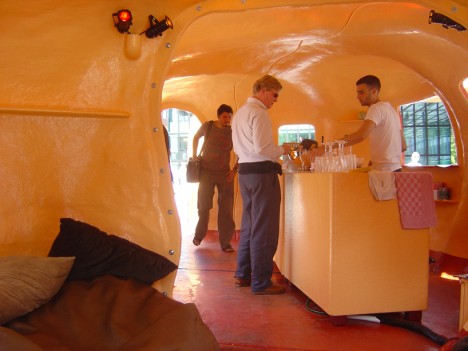
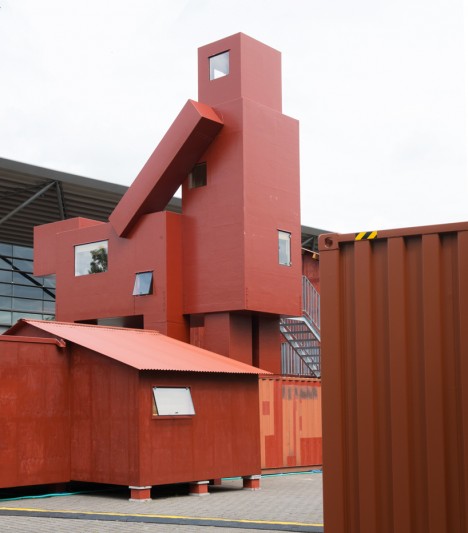

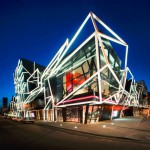
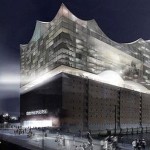




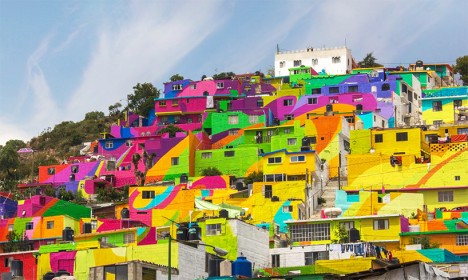
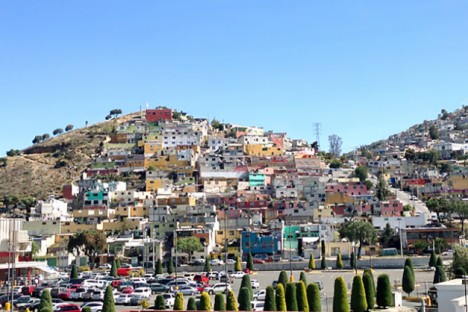

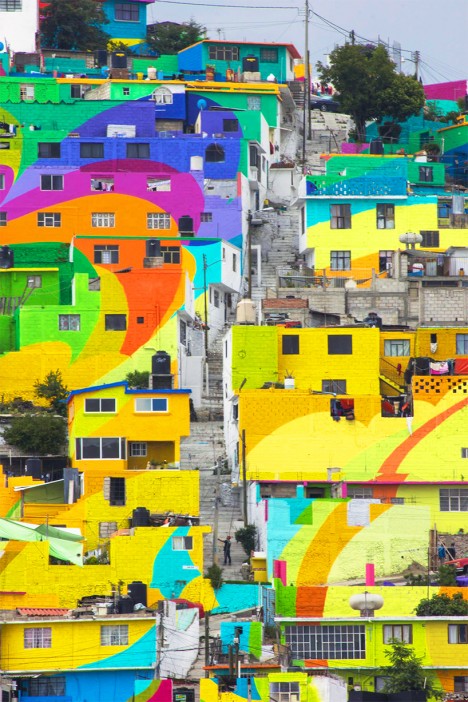
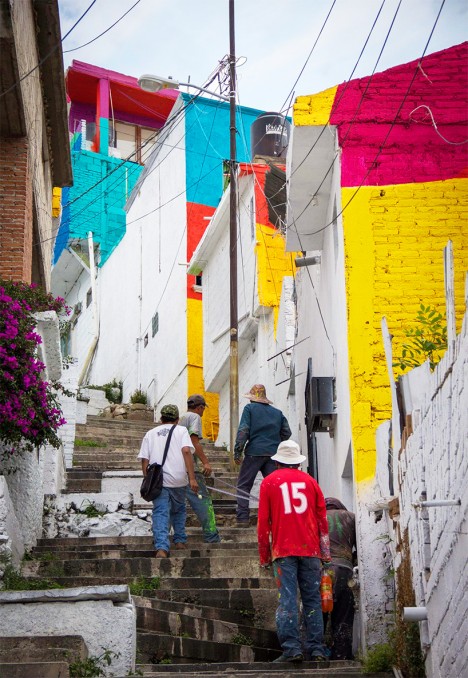
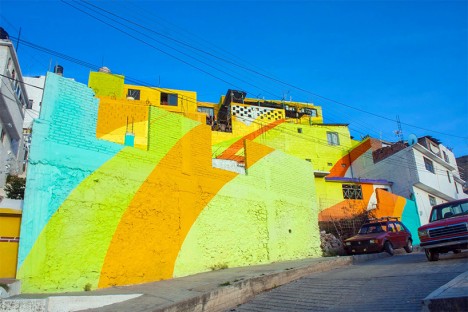
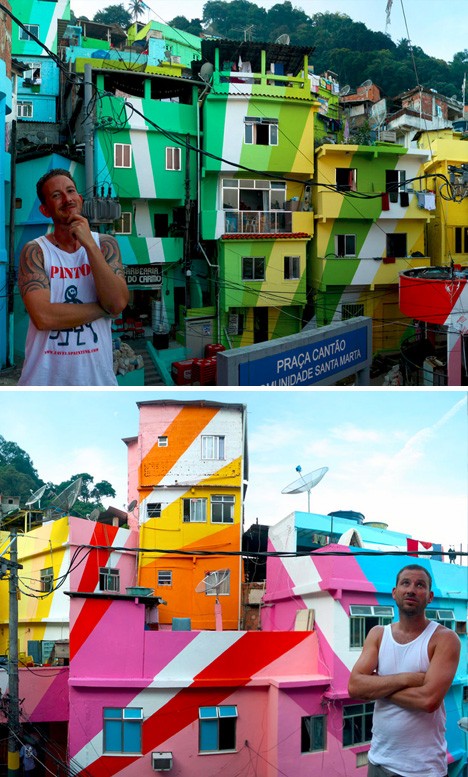
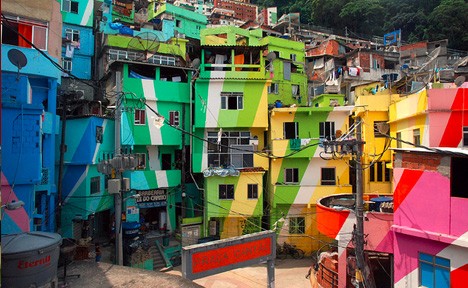
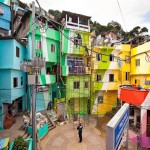
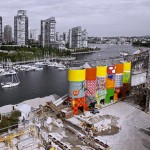
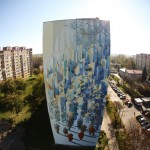
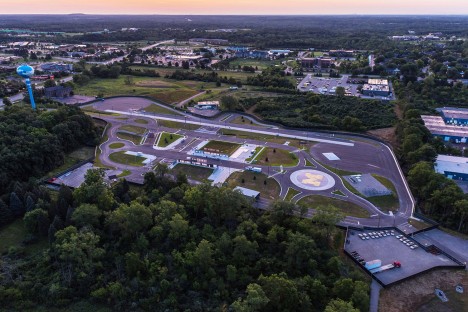
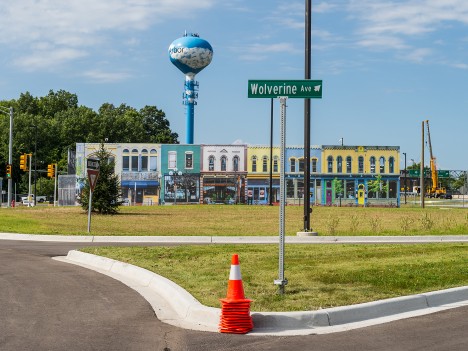


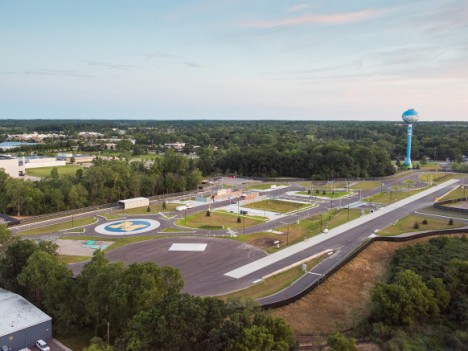
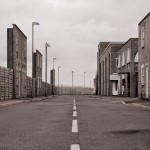

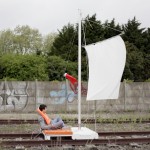
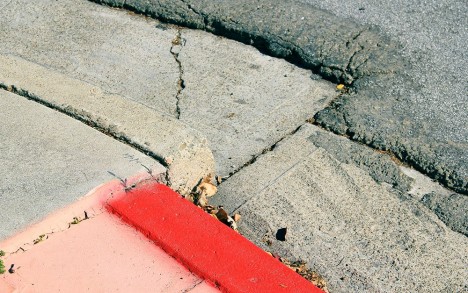
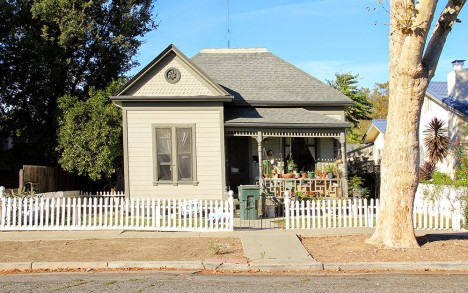
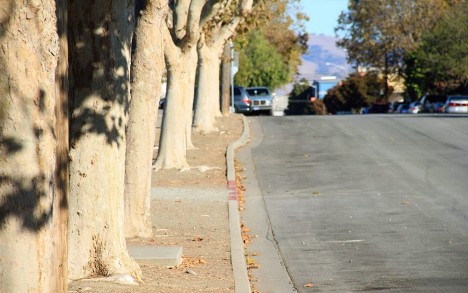
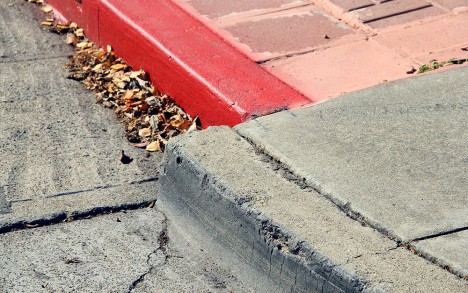
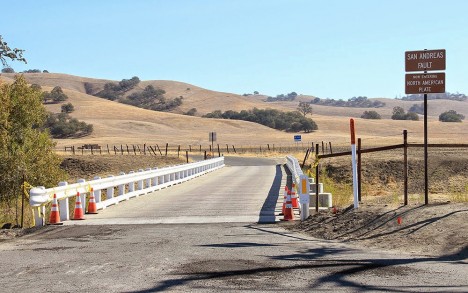
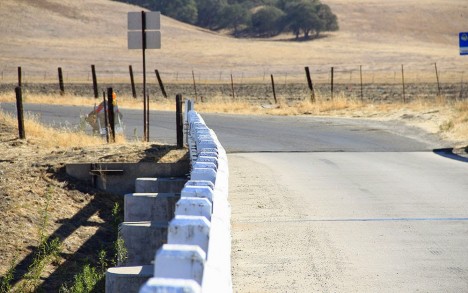
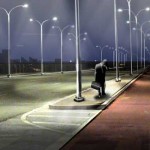

You must be logged in to post a comment.